1938 WAS a year of escalating political tensions, dramatic cultural shifts, and significant global developments. Nazi Germany continued its expansionist agenda, most notably through the Anschluss, which marked the annexation of Austria into the Third Reich. Meanwhile, in Spain, the Spanish Civil War reached its climax with Franco’s victory, while Japan's aggression in China deepened, signaling the global unrest that would eventually lead to World War II. However, amidst the political turmoil, important cultural, technological, and social milestones also took place.
You can even discover 1938 events for yourself in a 1938 newspaper ... Browse our archives and purchase your own today!
Turn the page to:
January
February
March
April
May
June
July
August
September
October
November
December
The Biggest Stories of 1938
January
January 1: The BBC continues regular television broadcasts to the public in London, marking the ongoing expansion of television in the UK.
January 4: In Spain, Nationalist forces, led by Francisco Franco, continue their siege of Madrid, while Republican forces attempt to bolster their defences.
January 12: The US government enacts the Fair Labor Standards Act, establishing minimum wage laws and protections for workers.
January 14: In the UK, King George VI addresses Parliament, discussing the growing international tensions and the UK’s stance on the escalating situation in Europe.
January 19: The US announces new trade policies aimed at improving relations with Latin American countries, marking an important step in Roosevelt’s Good Neighbor policy.
January 23: In the UK, King George VI delivers a speech marking his efforts to uphold peace and prevent war, as tensions with Nazi Germany escalate.
January 30: Adolf Hitler gives a public speech celebrating the reunification of Austria with Germany in what would be known as the Anschluss, greatly expanding Nazi territory.

Anschluss. Image: Wikimedia
February
February 4: The UK’s BBC introduces its first public broadcast, showcasing live events and marking the growing significance of television in the UK’s media landscape.
February 12: The US marks the end of the first year of Roosevelt's "New Deal" programs aimed at addressing the economic fallout from the Great Depression.
February 16: The Spanish Civil War continues to see heavy casualties as Republican forces fight Nationalist factions loyal to Franco, particularly in Catalonia.
February 18: The United States begins the formal anti-fascist training program for military personnel, aiming to prepare for any future intervention in European conflicts.
February 23: Germany's anti-Semitic policies continue to tighten, and many European governments issue protests as Jews are increasingly restricted in their rights across Nazi-controlled territories.
February 25: In the United States, the Congress of Industrial Organisations (CIO) strengthens its position as a major labor force, marking a milestone in labor rights.
February 27: The first commercial radio broadcast of a major political address is broadcast by Roosevelt, further entrenching the use of radio as a political tool.
February 28: In China, Japan intensifies its military offensive against Chinese forces, signaling the continued expansion of the Second Sino-Japanese War.
March
March 12: Adolf Hitler announces the Anschluss: the annexation of Austria into Nazi Germany. This marks a significant step in Hitler's expansionist policies, breaching the borders of sovereign nations.
March 15: In Spain, Nationalist forces capture the city of Toledo, giving Franco’s army a crucial strategic advantage in the civil war.
March 21: King George VI of the United Kingdom opens the 1937 International Exposition in Paris, showcasing the UK’s influence in art, culture, and industry.

Exposition Internationale. Image: Wikimedia
March 22: The United States continues its policy of neutrality while secretly increasing its armament exports to countries resisting Nazi Germany.
March 24: The first public demonstration of radar technology occurs in the UK, highlighting Britain’s growing interest in military advancements.
March 26: The US economy shows signs of recovery as industrial production begins to rise and unemployment falls slightly.
March 29: In Spain, the Siege of Madrid intensifies, with Nationalist forces closing in on the Republican stronghold.
March 31: The UK government announces plans to expand its defensive measures, introducing a national air defence system in response to the growing threat from Germany.
April
April 1: The Great Depression continues to affect economies globally, with unemployment rates remaining high across Europe and the United States.
April 5: In Spain, Nationalist forces begin encircling Madrid, signaling the impending fall of the Republic’s stronghold.
April 10: The United States announces plans to develop long-range military aircraft, indicating a significant step toward modernising the country’s defence capabilities.
April 12: In Spain, the Republican forces launch a counteroffensive, hoping to defend Madrid from Franco’s advancing troops.
April 14: The UK holds a major industrial exhibition, showcasing technological advancements and Britain’s increasing industrial power.
April 17: In Japan, military leaders intensify their push for territorial expansion in China, planning a full-scale invasion of southern China.
April 20: The UK begins to increase military preparations in response to the growing likelihood of war, conducting extensive air raid drills.
April 23: A massive strike by coal miners paralyses the UK’s mining industry, as workers demand better wages and improved conditions.
May
May 1: The Spanish Civil War continues as Nationalist forces, under Francisco Franco’s leadership, make gains toward the final victory in Spain.
May 7: The United Kingdom holds a major exhibition showcasing the country’s expanding role in the aviation industry, with cutting-edge technology on display.
May 10: The US announces new government spending programs to stimulate the economy and combat the effects of the Great Depression.
May 15: In Spain, the Republic attempts to defend Catalonia, but Nationalist forces continue to gain ground, further weakening the resistance.
May 18: A major labor strike in the UK impacts industries across the country, as workers protest for better wages and conditions.
May 20: The United States begins new public works projects to improve infrastructure, including roads, bridges, and public buildings.
June
June 7: Prime Minister Neville Chamberlain meets Adolf Hitler in Munich, hoping to avert war through diplomacy, but growing concerns over Germany’s expansion become unavoidable.

Neville Chamberlain and Adolf Hitler. Image: Wikimedia
June 9: The US Congress debates its position on foreign military intervention, signaling growing concern over international instability.
June 12: In the US, President Roosevelt orders the establishment of the first civilian air-raid defence measures, as global concerns about a potential conflict with Germany rise.
June 16: The Soviet Union holds a significant military demonstration, showcasing its growing influence in Europe.
June 22: In Spain, Nationalist forces continue their advance toward Madrid, with the Republican resistance showing signs of collapse.
June 26: The Soviet Union increases its support for the Spanish Republic, sending supplies and advisors in an effort to strengthen the anti-fascist side in the civil war.
June 30: Germany completes its military occupation of Austria, integrating the country fully into the Third Reich, while preparing for its next territorial ambitions.
June 31: France accelerates its defensive measures, ordering the production of additional munitions in response to the growing threat from Germany.
July
July 4: The United States celebrates its independence but faces growing concern over European instability, with Roosevelt addressing the need for American preparedness for future conflicts.
July 10: The US makes a public announcement calling for economic assistance to countries struggling under fascist pressures.
July 15: In China, Japan continues to expand its occupation in the Second Sino-Japanese War, leading to increased international outcry.
July 19: In Spain, Nationalist forces begin to close in on Barcelona, signaling the collapse of Republican resistance in Catalonia and a likely end to the civil war.
July 20: The UK begins to distribute civilian air-raid shelters as part of its preparations for potential bombing.
July 23: In France, republican exiles from Spain continue to seek asylum as the Nationalist victory in the Spanish Civil War becomes more imminent.
July 27: In the United States, the US Air Force institutes plans to expand its military presence in response to the growing possibility of war with Nazi Germany.
July 31: The UK conducts its first official military exercises involving air defense, showing its growing concern over potential German airstrikes.
August
August 1: The US establishes its first official foreign aid program, signaling growing involvement in global diplomacy.
August 2: The UK hosts several key international diplomatic talks in an attempt to mediate peace between European powers.
August 3: In the UK, Neville Chamberlain meets again with Adolf Hitler in an effort to prevent further escalation of tensions in Europe, although many in Britain are skeptical of his policy of appeasement.
August 12: In Spain, Nationalist forces capture the city of Toledo, one of the last remaining Republican strongholds in central Spain.
August 19: France begins to increase its defense budget, anticipating potential conflict in light of Germany’s territorial ambitions.
August 20: The United Kingdom begins to implement stricter military conscription laws in response to growing fears of Nazi aggression in Europe.
August 25: The Royal Air Force performs large-scale air manoeuvres in preparation for any air attack, while public concerns over potential German air raids increase.
August 30: In the United States, President Roosevelt orders the increase of air defence initiatives as a precautionary measure for the growing instability in Europe.
September
September 1: Germany begins its formal military preparations for the invasion of Czechoslovakia, and Europe braces for potential war, with the UK and France increasingly involved in diplomatic discussions.
September 10: In the United States, labor unions continue to press for economic reforms, while Roosevelt’s administration focuses on expanding labor protections.
September 12: In Spain, Nationalist forces gain control of important ports in the south, further weakening the Republican forces.
September 15: France holds its own military exercises, testing new strategies for defensive warfare in response to the growing threat from Germany.
September 22: The Munich Agreement is signed by Germany, the United Kingdom, France, and Italy, allowing Nazi Germany to annex the Sudetenland region of Czechoslovakia.
September 25: The Soviet Union publicly condemns the Munich Agreement, marking a significant break with the Western powers.
September 30: Adolf Hitler meets with European leaders in Munich to discuss the fate of Czechoslovakia, marking a high point of the policy of appeasement.
October
October 5: Germany formally occupies Czechoslovakia, gaining strategic control over Sudetenland, a territory rich in resources and industrial potential.
October 16: The United States begins to formalise its neutrality policy, preparing for the potential of international conflict.
October 28: In Germany, the Nazi Party celebrates the 10th anniversary of Hitler’s rise to power with a major public event showcasing Nazi strength.
October 31: In the United States, labor unions continue to gain influence as new legislation provides workers with greater rights and protections.
November
November 9: Kristallnacht, or the Night of Broken Glass, occurs across Nazi Germany, as Jewish homes, synagogues, and businesses are attacked, signaling a distinct escalation in Nazi anti-Semitic policies.

The aftermath of Kristallnacht. Image: Wikimedia
November 12: In the United Kingdom, the press widely reports on the atrocities of Kristallnacht, sparking widespread outrage and raising awareness of Nazi policies across Europe.
November 19: In Spain, Francisco Franco is officially declared the head of state, marking the consolidation of Nationalist control over Spain after the conclusion of the Spanish Civil War.
November 30: The United States declares its neutrality amid the growing international tensions, but its economic and political involvement in global affairs continues to increase.
December
December 1: The United Kingdom continues to increase its military preparedness in response to growing tensions with Nazi Germany.
Shop our book on WWII to learn more through newspaper headlines ...

December 3: In Germany, Nazi authorities increase their anti-Semitic policies, marking a transition to harsher measures in the treatment of Jews.
December 5: In the United States, the economy shows signs of recovery with increased industrial output and decreased unemployment following Roosevelt’s New Deal programs.
December 9: France begins to accelerate military preparations, building new fortifications along the Maginot Line in response to Germany’s growing power.
December 12: In the UK, anti-fascist movements continue to gain traction, with major demonstrations against Nazi policies being held in cities like London.
December 15: The Soviet Union formally increases its diplomatic outreach to France and the UK, forming a stronger anti-fascist alliance ahead of potential conflict.
December 20: In the United States, President Roosevelt’s administration issues a statement denouncing Nazi actions and advocating for greater international support for refugees escaping fascism.
Key Events of 1938
The Anschluss
ONE of the most significant events of 1938 was the Anschluss: the annexation of Austria into Nazi Germany. This event, led by Adolf Hitler, was a critical moment in Nazi expansion. Austria, a sovereign state, was forcibly incorporated into the Third Reich, defying the Treaty of Versailles. The political ramifications were far-reaching, as it signaled Germany’s increasing disregard for international agreements and laid the groundwork for further territorial aggression in Europe.
The Munich Agreement and Appeasement
THE Munich Agreement was another pivotal moment in 1938. Signed by Adolf Hitler, British Prime Minister Neville Chamberlain, French Premier Édouard Daladier, and Italian dictator Benito Mussolini, the agreement permitted Nazi Germany to annex the Sudetenland, part of Czechoslovakia. Chamberlain's policy of appeasement, meant to prevent war, ultimately failed as it only emboldened Hitler’s expansionist ambitions. This moment has been widely criticised as a failure of diplomacy and a precursor to the broader conflict of World War II.
Kristallnacht: The Night of Broken Glass
KRISTALLNACHT, or the Night of Broken Glass, was a violent anti-Semitic campaign launched by the Nazis on the night of November 9-10. Jewish-owned businesses, synagogues, and homes were destroyed, and tens of thousands of Jews were arrested and sent to concentration camps. The event marked a major escalation in the Nazi regime’s persecution of Jews and set the stage for the Holocaust. Kristallnacht remains a haunting reminder of the brutal escalation of Nazi anti-Semitism in the years leading up to World War II.







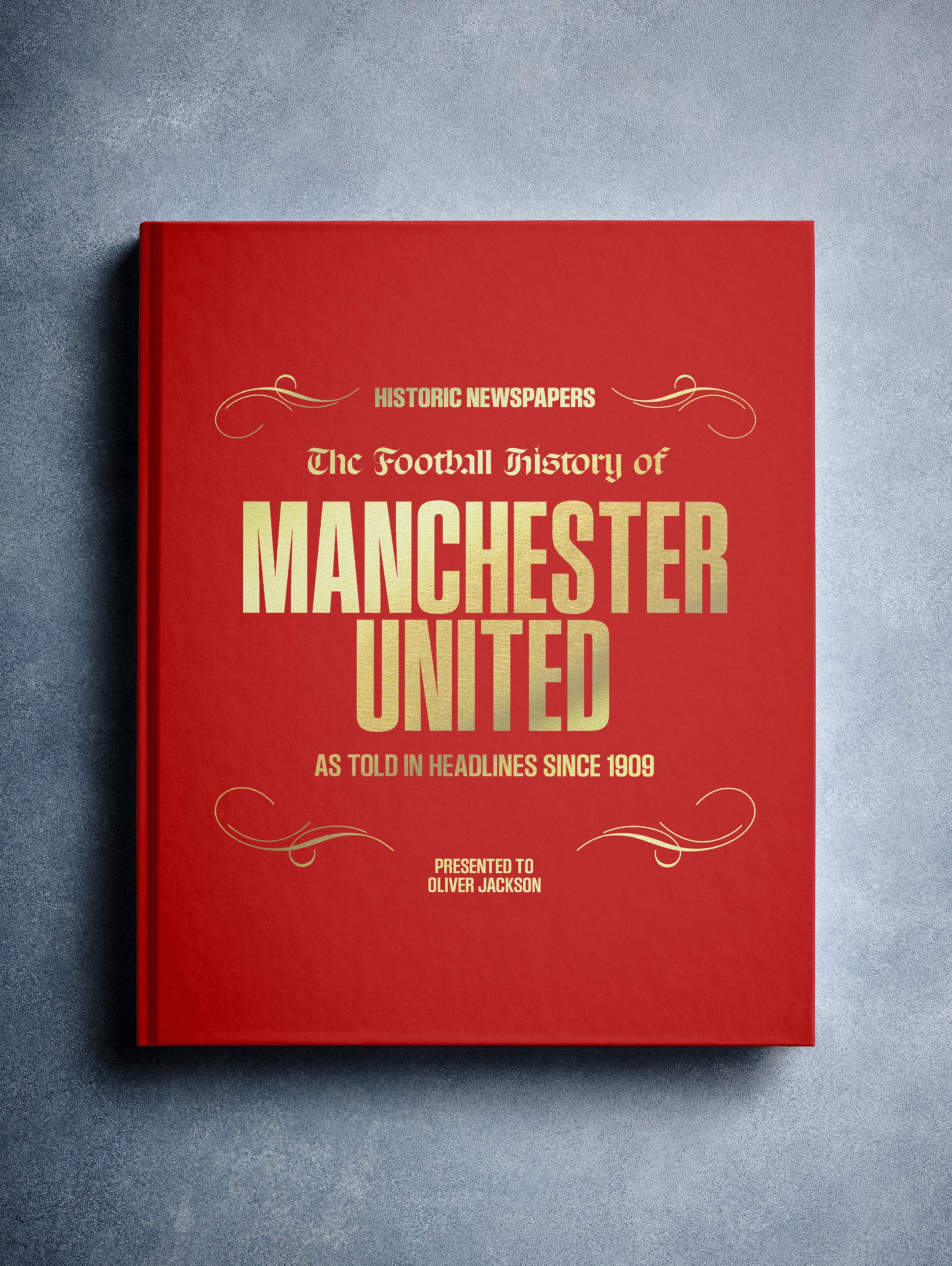





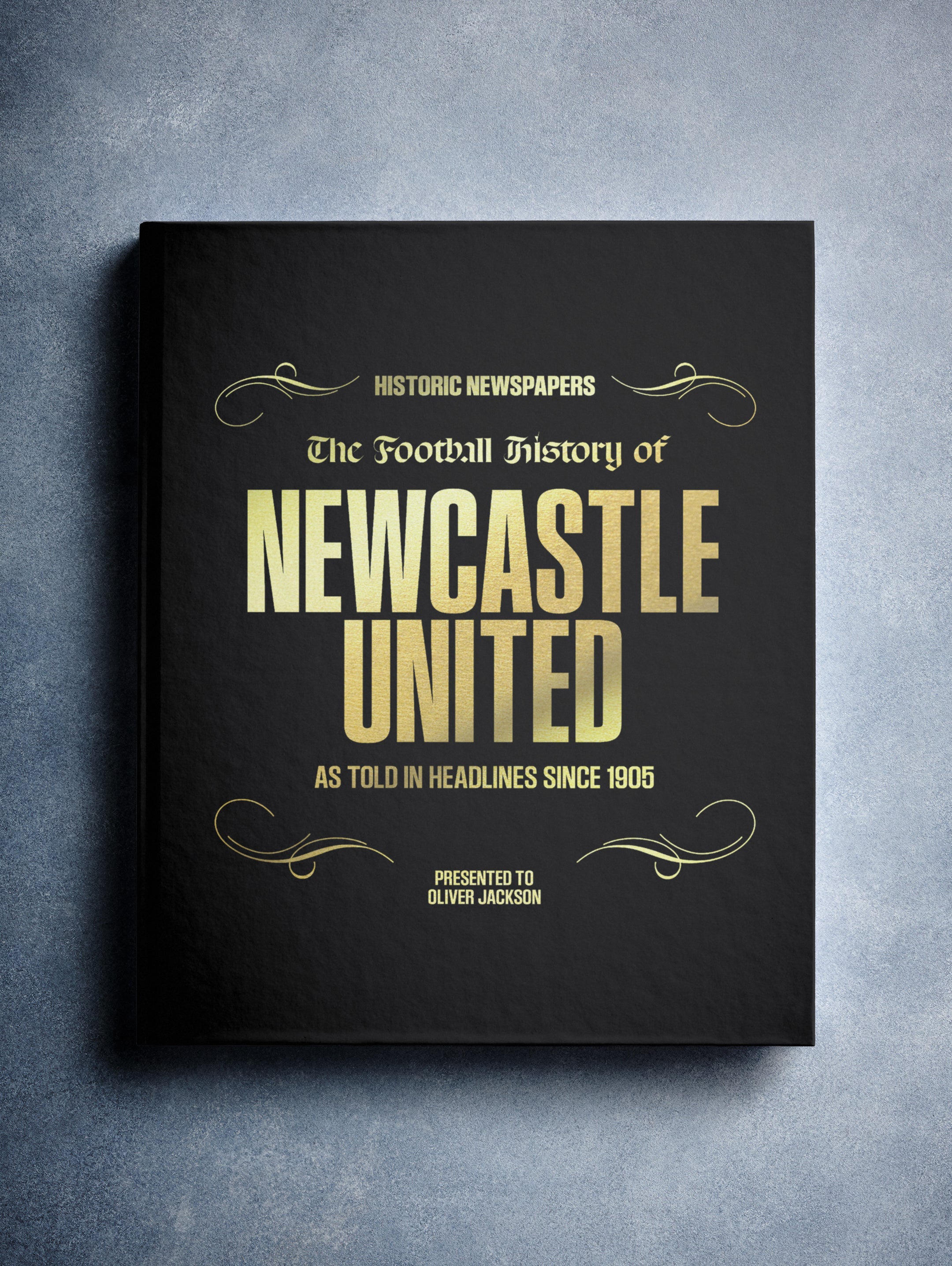
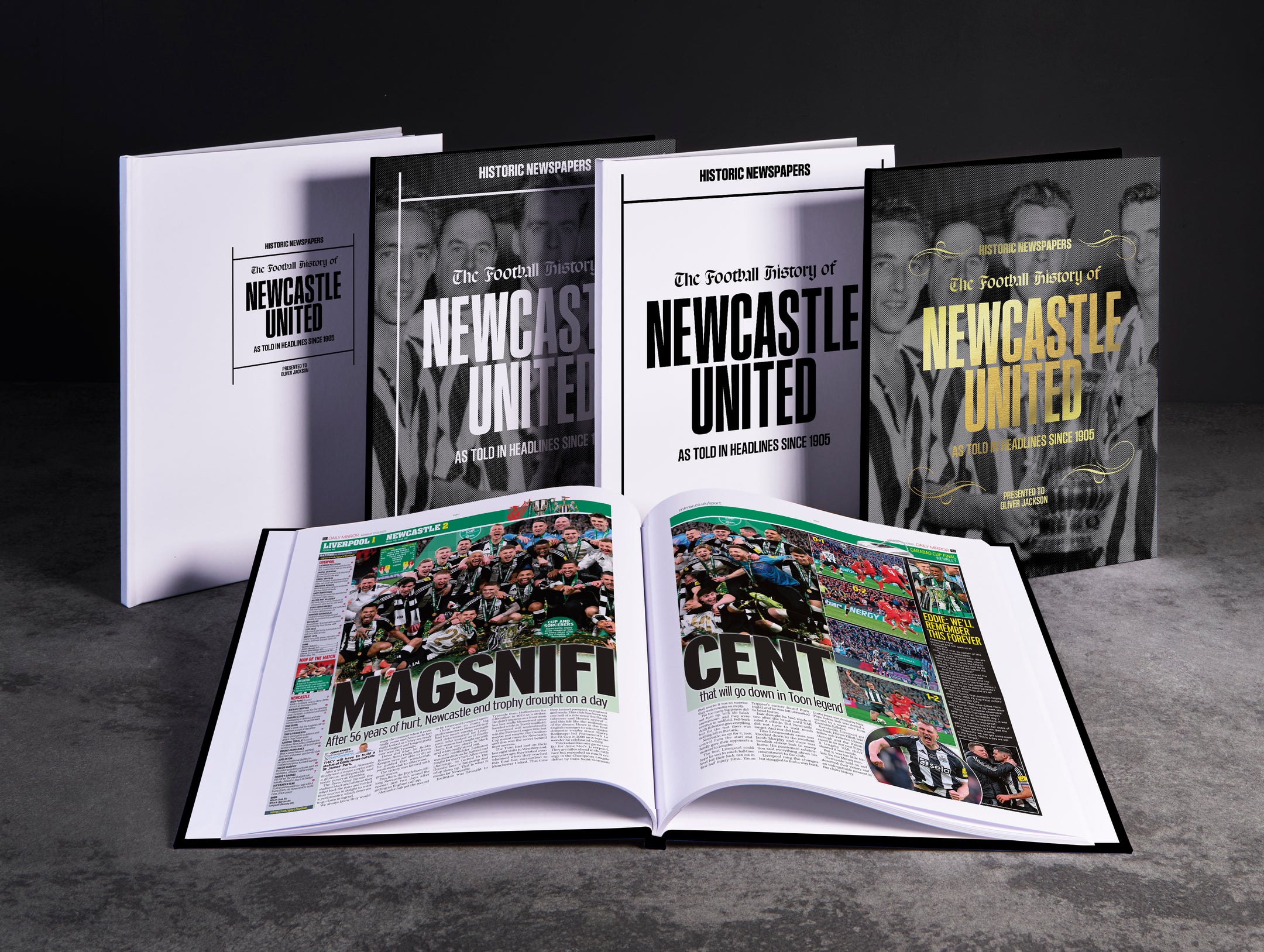
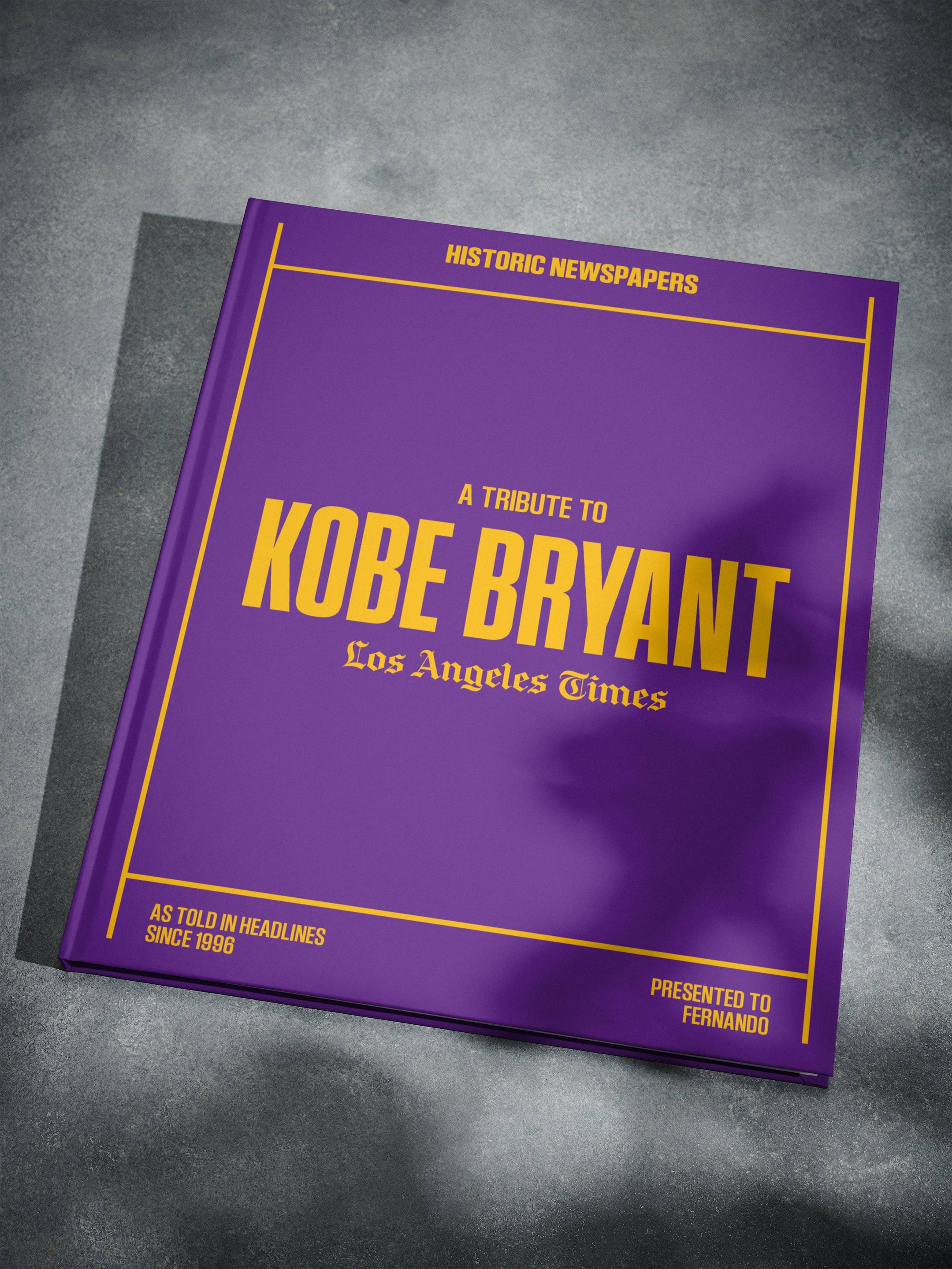
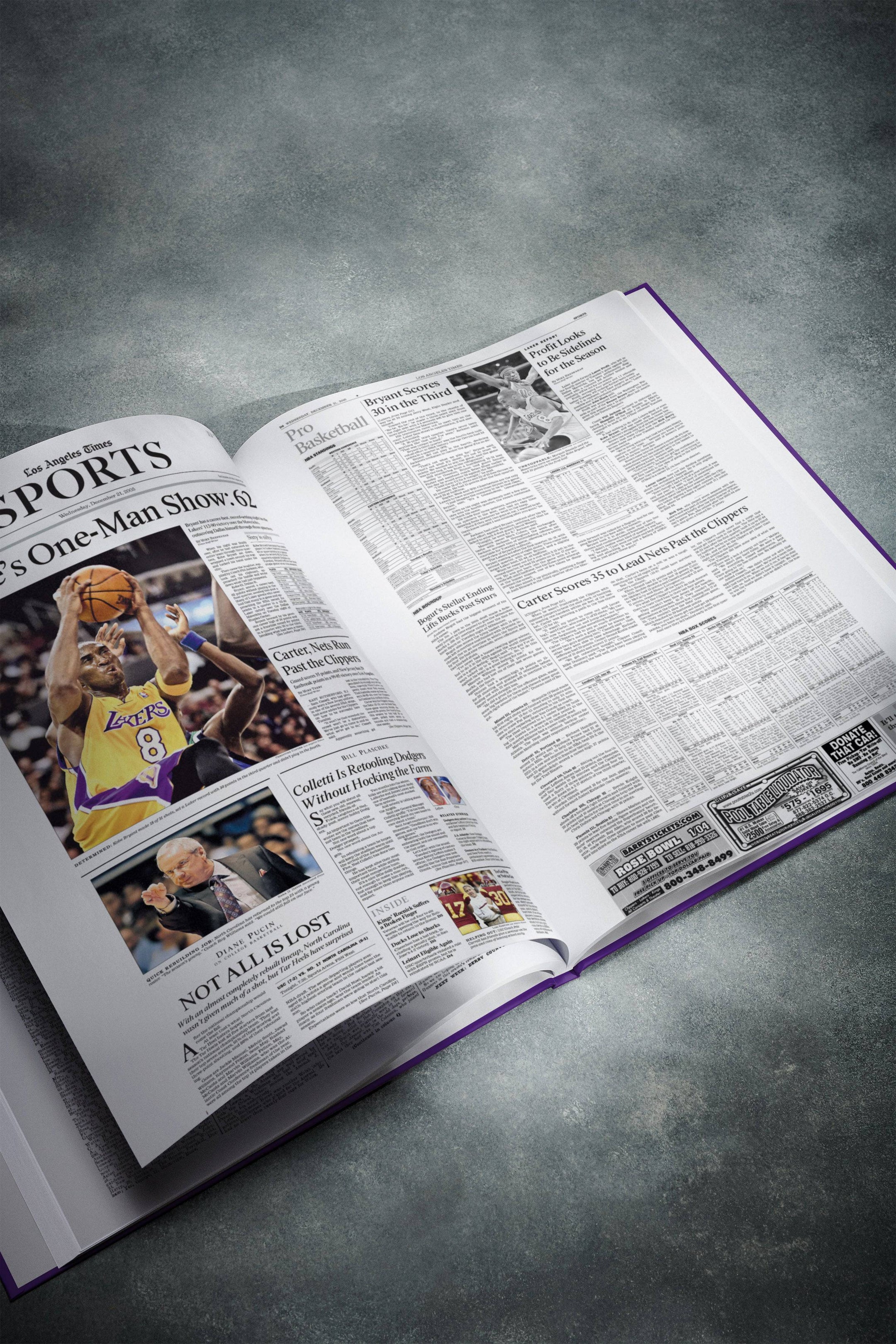
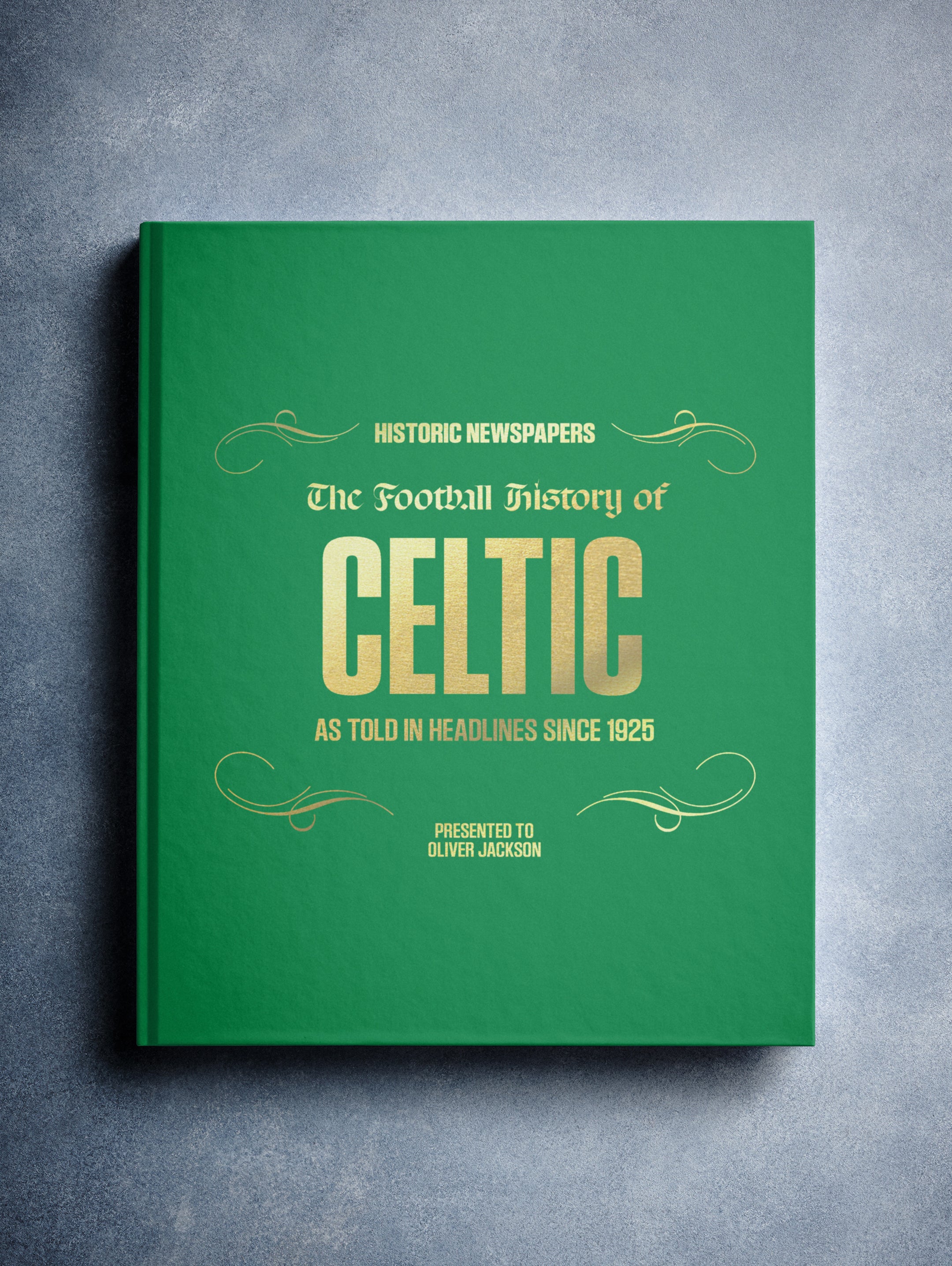



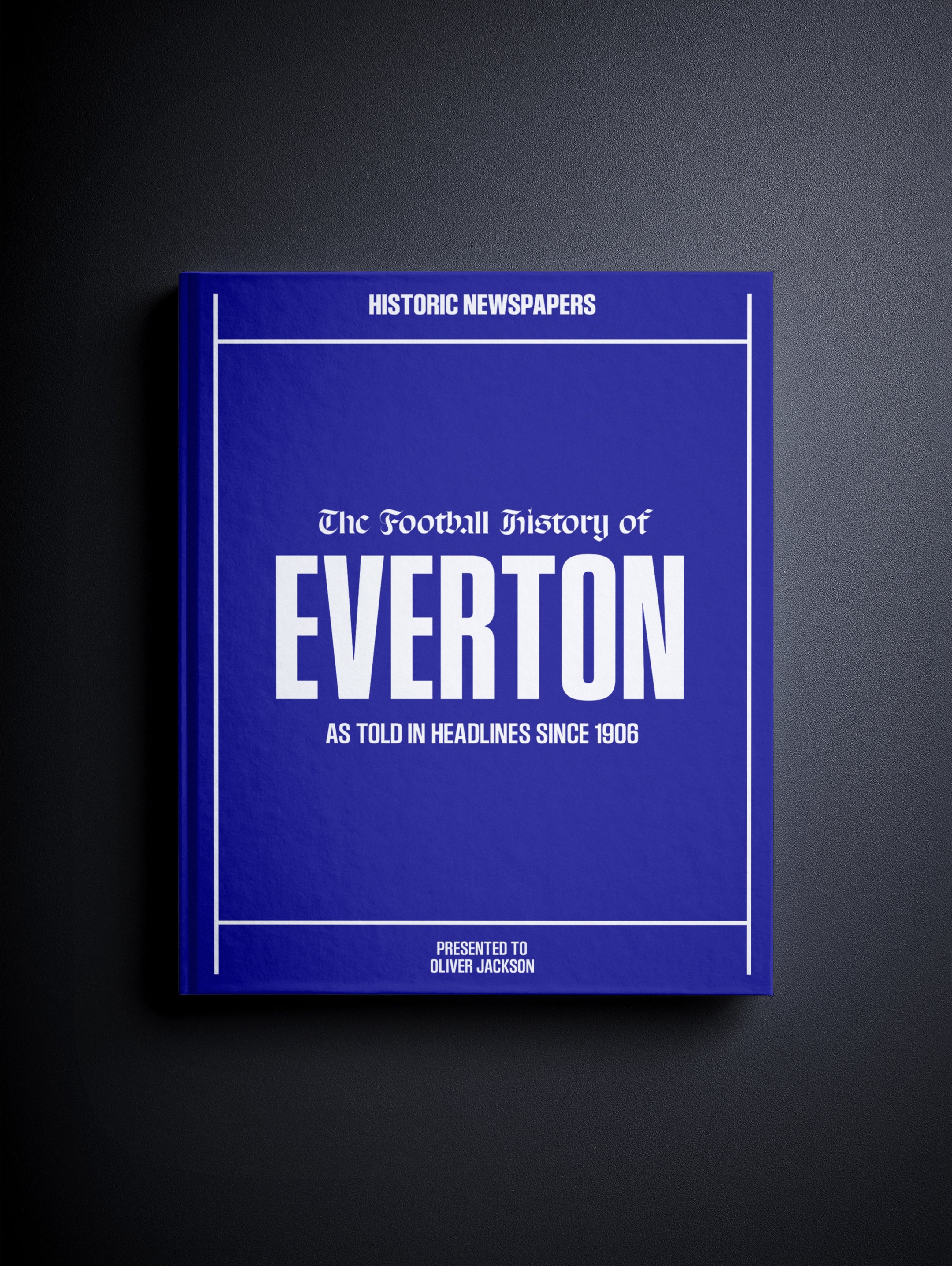

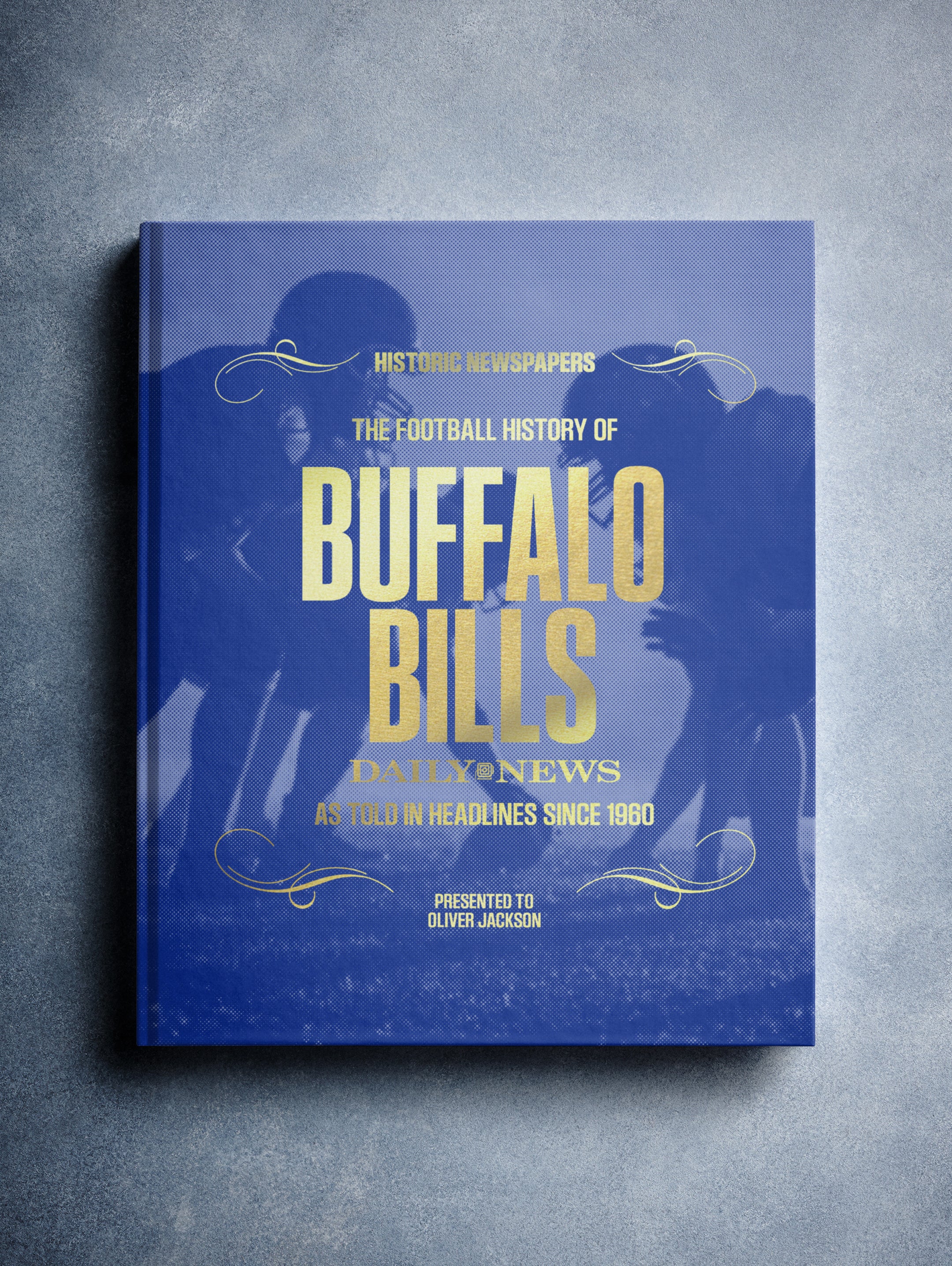


Follow us